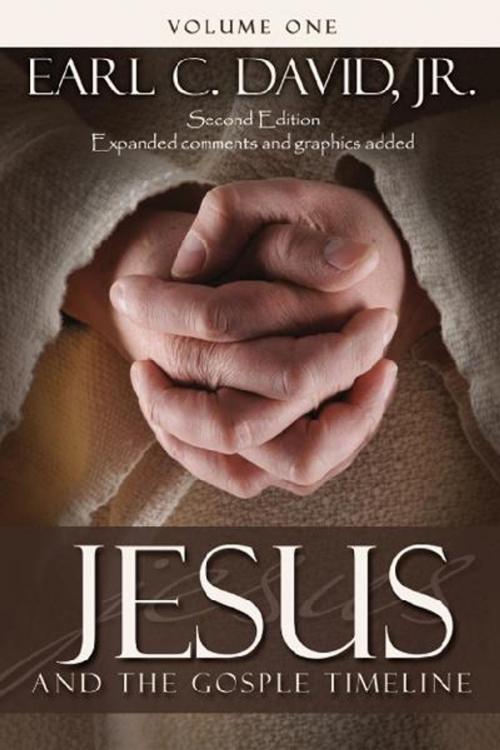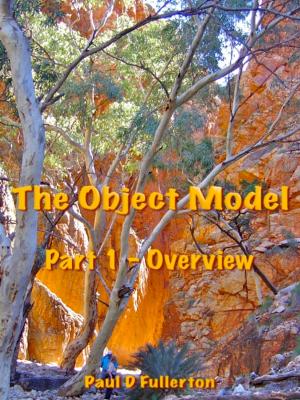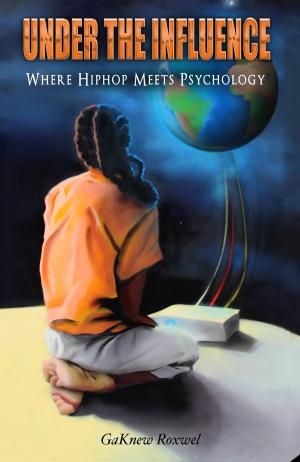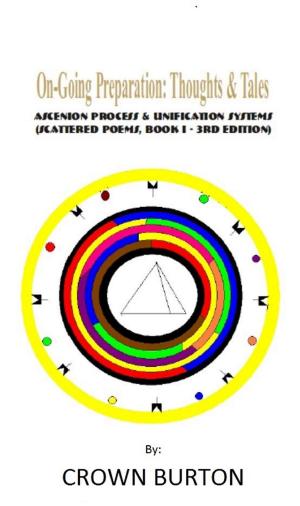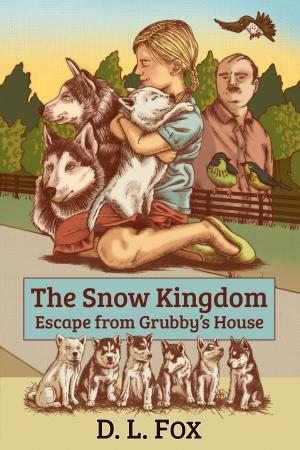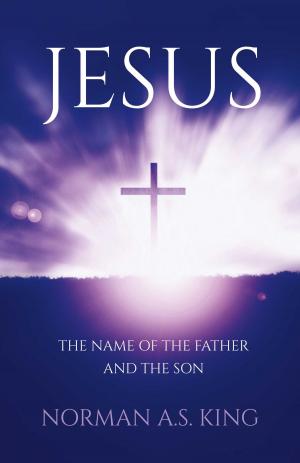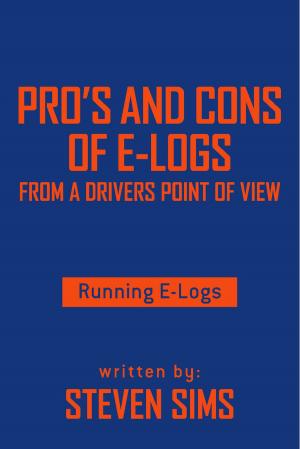| Author: | Earl C. David, Jr. | ISBN: | 9781618426185 |
| Publisher: | BookBaby | Publication: | November 16, 2011 |
| Imprint: | Language: | English |
| Author: | Earl C. David, Jr. |
| ISBN: | 9781618426185 |
| Publisher: | BookBaby |
| Publication: | November 16, 2011 |
| Imprint: | |
| Language: | English |
Earl has never been able to sleep on an airplane. So while sitting there he began thinking and sorting through everything that happened during his trip. His thoughts, unexpectedly, drifted to a novel resting upon his lap. He recalled thinking every book he had ever read consisted of a beginning, middle, and end. But not so with the Gospels! It takes four individual books to tell the whole story and then they still do not conform to a beginning, middle, and end, at least not in a conventional manner. Then the question came, “Why can’t the full Gospel story be presented in a more conventional literary fashion?” He already had the beginning in the birth stories of Matthew and Luke. Like wise the end of the story, Jesus’ death, resurrection, and ascension, were in place as told by all four Gospel writers. All that was missing was a coherent version of the middle section. As he looked at this major component of the Gospel story, it appeared to be literary chaos. This was not used as a derogatory term. It was a way to identify this body of information in which he could not find rhyme or reason, on the basis of a timeline. On his next couple of trips to Israel, Earl determined to listen more carefully to what the people who lived there had to say. That included Palestinians and Jews. It began to dawn on him, that what he was struggling with was the Eastern mindset as differing from his Western mindset. He grew up with the Western mindset, he was educated in it, and it is his natural way of thinking. The basic premise of Jesus and the Gospel Timeline is every event occurs on a timeline within a given context and has a beginning, middle, and end. The goal of Jesus and the Gospel Timeline is to establish as accurately as possible the timeline of Jesus from birth to ascension. No single gospel provides this information per se.
Earl has never been able to sleep on an airplane. So while sitting there he began thinking and sorting through everything that happened during his trip. His thoughts, unexpectedly, drifted to a novel resting upon his lap. He recalled thinking every book he had ever read consisted of a beginning, middle, and end. But not so with the Gospels! It takes four individual books to tell the whole story and then they still do not conform to a beginning, middle, and end, at least not in a conventional manner. Then the question came, “Why can’t the full Gospel story be presented in a more conventional literary fashion?” He already had the beginning in the birth stories of Matthew and Luke. Like wise the end of the story, Jesus’ death, resurrection, and ascension, were in place as told by all four Gospel writers. All that was missing was a coherent version of the middle section. As he looked at this major component of the Gospel story, it appeared to be literary chaos. This was not used as a derogatory term. It was a way to identify this body of information in which he could not find rhyme or reason, on the basis of a timeline. On his next couple of trips to Israel, Earl determined to listen more carefully to what the people who lived there had to say. That included Palestinians and Jews. It began to dawn on him, that what he was struggling with was the Eastern mindset as differing from his Western mindset. He grew up with the Western mindset, he was educated in it, and it is his natural way of thinking. The basic premise of Jesus and the Gospel Timeline is every event occurs on a timeline within a given context and has a beginning, middle, and end. The goal of Jesus and the Gospel Timeline is to establish as accurately as possible the timeline of Jesus from birth to ascension. No single gospel provides this information per se.
